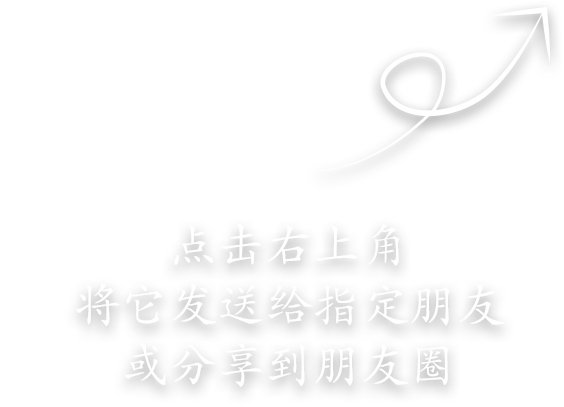Recently, with the strong recovery of demand for cloud servers and enterprise level storage, as well as the recent earthquake in Taiwan affecting industry capacity supply, the already tight supply of the storage chip industry has been pushed back to the forefront of the storm. According to industry insiders, the Q2 increase may further expand, and the market for storage chip prices fluctuates significantly.
In this context, leading companies in the storage chip industry are adjusting their strategies to cope with market changes. Taking Micron as an example, as one of the leaders in the storage chip industry, Micron has proposed to most customers to increase their Q2 product prices by more than 20%. This measure demonstrates Micron's keen insight into market demand and timely response to changes in production capacity supply.
However, Micron's DRAM production in Taiwan accounts for approximately 60% of the company's overall DRAM production capacity, and the impact of the earthquake on its production operations and supply chain is still being evaluated. In order to more accurately grasp the post disaster losses and assess the impact, Micron has taken the lead in stopping DRAM quotations and restarting the Q2 2024 contract price negotiations after the post disaster losses assessment. This decision not only reflects Micron's cautious attitude, but also reflects the practical challenges that the earthquake has brought to the storage chip industry.
At the same time, storage chip giants such as Samsung and SK Hynix have also followed suit and stopped quoting. Although these two major suppliers do not have DRAM production located in Taiwan, they also hope to wait and see the future before taking action. This measure prompted storage module manufacturers to follow up and stop quoting on the same day, putting the entire storage chip market in a wait-and-see state.
Industry experts point out that the strategic adjustments of companies such as Micron and Samsung reflect the flexible response of the storage chip industry in the face of dual changes in market demand and production capacity supply. These enterprises balance supply and demand by adjusting their quotations and observing the market to maintain market stability and sustainable development.
For relevant enterprises, the price increase of storage products in the second quarter (Q2) signifies a change in the market environment and the necessity of strategic adjustment. Huafukang, a professional import and export agency, suggests that relevant enterprises should closely monitor market dynamics, continuously monitor price changes and trends in the storage product market, in order to respond in a timely manner. At the same time, it is necessary to adjust inventory strategies in a timely manner and reassess inventory levels to ensure that inventory can meet customer needs without causing pressure due to high inventory costs.









